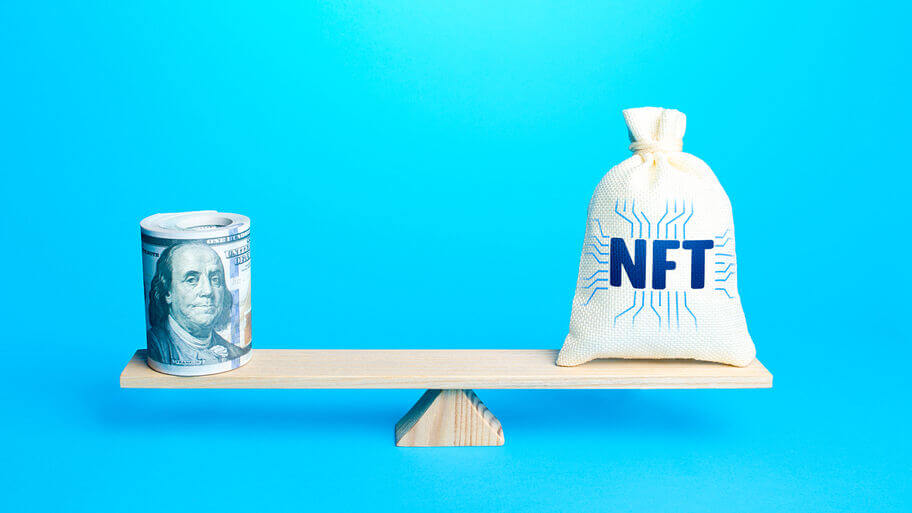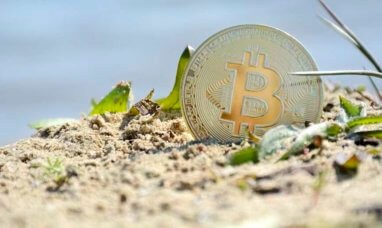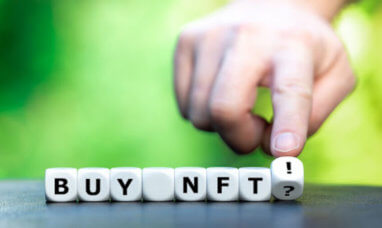Follow along below for WealthyMillionaire’s complete Beginner’s Guide to NFTs.
Introduction
Imagine a famous Footballer like Messi, Lewandoski, or Ronaldo signs your Jersey after a football match. Or, a famous musician gives you his or her cherished guitar after a musical concert you attended. The excitement you would feel when receiving these gifts explains the growing popularity of NFTs.
An NFT is simply a digital asset representing real-world objects such as art, music, videos, and sports memorabilia. These assets are bought and sold online with cryptocurrency. NFTs have been around since 2014, but have been gaining traction in recent years. A whopping $174 million has been spent on NFTs since 2017.
According to Arry Yu, the Chairman of the WTIA Cascadia Blockchain Council, NFTs create digital scarcity. They are generally scarce and unique identifying codes, unlike most digital creations which are primarily infinite in supply.
Nowadays, NFTs are digital creations of events or occurrences that already existed in some form before, such as; digital arts, video clips, NBA games, and even the foremost tweet from Jack Dorsey, Founder of Twitter who’s first tweet sold for $2.9 million.
NFTs are held on the Ethereum blockchain, but holistically, NFTs differ from cryptocurrencies. The fundamental difference between NFT and cryptocurrency is “fungibility.”
For example, suppose you lend someone $100 on the repayment period. In that case, it certainly won’t matter whether you are paid in $50 bills or $100 notes because the $50 bills equal the $100. That’s the concept of fungibility, which implies an asset that is interchangeable with other assets. Financial instruments and indicators such as; stocks or bonds are also fungible assets that can be sold and exchanged in a stock market.
NFT is an acronym for Non-Fungible Token; this perspective implies an asset that is unique, immutable, irreplaceable, and non-exchangeable. Art, play-to-earn games, and music are examples of non-fungibles.
You might wonder how you can create and sell your own NFTs, but it is pertinent to understand how NFTs work.
How Do NFTs Work?
Most NFTs are built on the Ethereum blockchain with an irrefutable ledger for transactions that records buying and selling activities.
The creator of the NFT retains the copyright for it and holds the right to duplicate if need be. If more copies of an NFT are needed, permission can be sought after from the creator, and each of those copies is still considered as NFTs.
Creators of NFTs will receive royalties each time an NFT is sold. For instance, holders of EulerBeats Originals, an NFT audio-visual platform, receive 8% of each copy of the original token sold print price.
Creators can now determine how much royalties they will receive whenever their NFT is sold in the marketplace.
Your NFTs are worth value to someone who might be willing to pay for them in the marketplace. It could be worth more if a famous artist creates the NFT, or if the buyer is a wealthy collector. Anything you own can virtually be traded as an NFT once you mint it on an Ethereum blockchain.
Examples of NFT Sales
Arts undoubtedly popularized NFT sales in recent times, but it’s not just NFT art that sells. There have been diverse notable NFT sales in recent months across virtually all sectors, including sports, music, and fashion, with speculations for a market bubble.
In February 2021, digital artist Beeple sold an NFT art piece for a whopping sum of $69.3 million through Christie’s auction house.
The “Nyan Cat” GIF was sold for 300 Ethereum, worth around $561,000 at the time.
Some weird videos have even made it to the NFT marketplace, raking in large amounts of cash. An example is the “Charlie Bit Me” video, a popular video on YouTube of a baby biting his brother’s finger with over 800 million views, which sold for around £500,000.
According to CryptoSlam, in March 2021, the marketplace for NFTs sales and purchase grew exponentially to nearly $1 billion in sales volume.
What Can Non-Fungible Tokens be Used For?
Although still in its infancy, the potentials of NFTs keeps evolving with a prominent marketplace that has merged with the capability of redefining the blockchain space.
Here are the primary uses of non-fungible tokens:
-
-
- Tickets: Tickets can be created using NFTs; as a result, it eliminates the chances of scalping tickets, counterfeiting tickets, or stealing tickets.
- Gaming: There’s such a vast market prospect for NFT in the gaming industry, as NFTs offer a unique way of owning game items and tokens. Such tokens can power the gaming ecosystem for fun or in a competitive nature with rewards for activities.
- Collectibles: NFTs provide an avenue that ensures authenticity, a stamp of approval, or a kind of digital signature. This has also offered a platform for collecting items, memorabilia, amongst others.
- Education: NFTs are also applicable in academics with the hope of fast-tracking and ensuring qualitative learning. For instance, a digital certificate in online learning platforms is unique and immutable and is unique in that it is specially designed for the student.
-
Interestingly, some venues offer programs in blockchain learning and NFT free learning, with rewards to students for earning, a concept that is unique to NFTs in Education.
Conclusion
NFTs are irreplaceable, memorable, and unique identifiers supported majorly by the Ethereum blockchain that can be created and sold as digital assets on an NFT marketplace such as the OpenSea, Raible, SuperRare, KnownOrigin, MakersPlace, Solanart, NBA Top Shot Marketplace, Axie Marketplace, among others.
Featured Image: Megapixl








